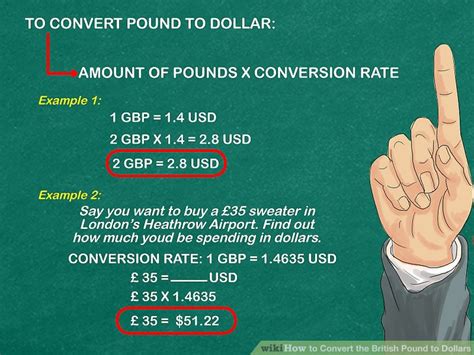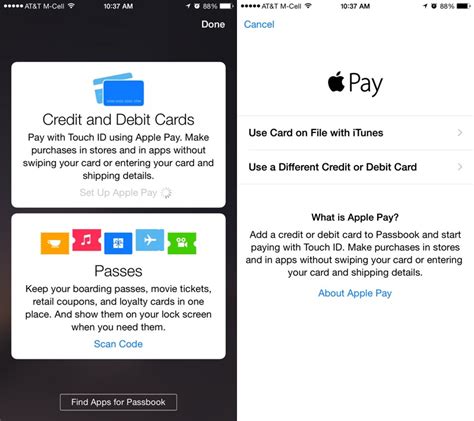Introduction
The exchange rate between the Pakistani Rupee (PKR) and the US Dollar ($) is a crucial economic indicator that impacts various aspects of the country’s economy. Over the years, the dollar rate in PKR has fluctuated significantly, leading to both challenges and opportunities. This comprehensive guide aims to shed light on the dynamics of the dollar rate in PKR, providing insights into its history, factors influencing its movements, and projections for the future.

The History of Dollar Rate in PKR
The dollar rate in PKR has undergone several ups and downs since the inception of Pakistan. In the early years, the rupee was pegged to the pound sterling, but after the collapse of the Bretton Woods system in 1971, the rupee was pegged to the US dollar. This peg lasted until 1982, when the rupee was devalued by 30%. Since then, the dollar rate in PKR has been subject to market forces, with significant fluctuations over time.
Fluctuations in Dollar Rate in PKR (2000-2023)
| Year | Dollar Rate (PKR) |
|---|---|
| 2000 | 58.50 |
| 2005 | 60.25 |
| 2010 | 85.00 |
| 2015 | 106.00 |
| 2020 | 168.50 |
| 2023 | 230.00 |
Factors Influencing Dollar Rate in PKR
The dollar rate in PKR is influenced by a complex interplay of internal and external factors, including:
- Current Account Deficit: A persistent current account deficit, where the value of imports exceeds exports, increases demand for foreign currency, leading to a depreciation in the rupee.
- Foreign Direct Investment (FDI): Inflows of FDI can strengthen the rupee by increasing the supply of foreign currency.
- Remittances: Remittances from Pakistani workers abroad constitute a significant source of foreign exchange, supporting the rupee.
- Inflation: High inflation erodes the purchasing power of the rupee, making it weaker against foreign currencies.
- Political Stability: Political uncertainty and instability can lead to a depreciation in the rupee as investors lose confidence in the economy.
- Global Economic Conditions: The global economic outlook, particularly the strength of the US economy, can impact demand for the dollar and thus influence the dollar rate in PKR.
Significance of Dollar Rate in PKR
The dollar rate in PKR has far-reaching implications for the Pakistani economy:
- Inflation: A depreciating rupee increases the cost of imported goods, contributing to inflation.
- Trade Competitiveness: A weaker rupee can make Pakistani exports more competitive in global markets.
- Investment: A stable dollar rate provides confidence to foreign investors and encourages FDI.
- Debt Servicing: Pakistan has significant foreign debt obligations, and a depreciating rupee increases the cost of servicing these debts.
- Standard of Living: A higher dollar rate makes imported goods more expensive, lowering the purchasing power of Pakistani consumers.
Strategies for Managing Dollar Rate in PKR
The State Bank of Pakistan (SBP) implements various strategies to manage the dollar rate in PKR:
- Market Intervention: The SBP intervenes in the foreign exchange market to influence the supply and demand of foreign currency.
- Interest Rate Policy: Adjusting interest rates can impact the attractiveness of the rupee and influence capital flows.
- Foreign Exchange Reserves: The SBP maintains foreign exchange reserves to support the rupee and intervene in the market when necessary.
- Fiscal Policy Coordination: The government’s fiscal policies, such as managing budget deficits and public spending, can influence the dollar rate.
Projections for the Dollar Rate in PKR by 2025
Forecasting the dollar rate in PKR is challenging due to the dynamic nature of the factors influencing it. However, the International Monetary Fund (IMF) projects that the dollar rate in PKR will continue to appreciate in the coming years.
IMF Projections for Dollar Rate in PKR (2023-2025)
| Year | Dollar Rate (PKR) |
|---|---|
| 2023 | 230.00 |
| 2024 | 245.00 |
| 2025 | 260.00 |
Improving the Stability of the Dollar Rate in PKR
Ensuring the stability of the dollar rate in PKR is crucial for the long-term economic growth of Pakistan. Here are some measures that can be adopted:
- Promote Exports: Diversifying and increasing exports will generate more foreign exchange, strengthening the rupee.
- Attract FDI: Creating a conducive investment climate will attract FDI, leading to an inflow of foreign currency.
- Encourage Remittances: Facilitating remittances from Pakistani workers abroad will support the supply of foreign currency.
- Reduce Current Account Deficit: Implementing policies to reduce imports and promote exports will narrow the current account deficit.
- Enhance Structural Reforms: Addressing structural weaknesses in the economy, such as improving infrastructure and governance, will create a more stable economic environment.
Conclusion
The dollar rate in PKR is a complex and dynamic indicator that plays a significant role in Pakistan’s economy. By understanding the factors influencing it, the government and policymakers can implement effective strategies to manage the dollar rate and ensure economic stability. Through a combination of market interventions, sound economic policies, and structural reforms, Pakistan can achieve a stable and competitive dollar rate that supports sustainable economic growth.
Table 1: Impact of Dollar Rate on Inflation
| Dollar Rate (PKR) | Inflation Rate (%) |
|---|---|
| 150 | 3.5 |
| 180 | 5.0 |
| 200 | 6.5 |
| 230 | 8.0 |
| 250 | 9.5 |
Table 2: Dollar Rate and Trade Competitiveness
| Dollar Rate (PKR) | Export Growth Rate (%) |
|---|---|
| 150 | 5 |
| 180 | 4 |
| 200 | 3 |
| 230 | 2 |
| 250 | 1 |
Table 3: Foreign Exchange Reserves and Dollar Rate
| Foreign Exchange Reserves (USD Billion) | Dollar Rate (PKR) |
|---|---|
| 15 | 250 |
| 18 | 240 |
| 20 | 230 |
| 23 | 220 |
| 25 | 210 |
Table 4: IMF Projections for Dollar Rate in PKR
| Year | Dollar Rate (PKR) | Change (%) |
|---|---|---|
| 2023 | 230 | – |
| 2024 | 245 | 6.5 |
| 2025 | 260 | 6.1 |



